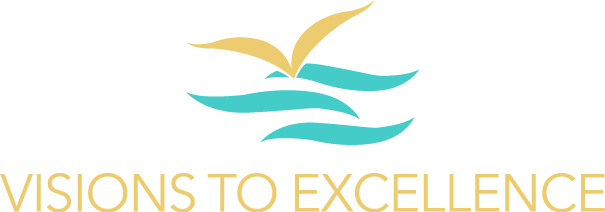The hidden Key to profitability stares us in the face every day!
This KEY is unique to every business or organization. It is a precious commodity which is difficult to duplicate.
This KEY is vital for both corporations and small business! This key helps you with your customers, your employees and your profitability. Yet many small businesses leave this key untouched or leave it for the employees to develop themselves.
I was really surprised this KEY was an afterthought at the beginning of the relationship I had with many of the businesses I have coached and mentored. For every business and organization I have had the opportunity to turn around (move from losing money to making money), this particular KEY was at the core of the problem!
The KEY is: Culture
Sure, there were broken business practices that had to be corrected in each turn-around situation.
The question I was always asking myself is, “What allowed the fundamentals to break in the first place?”. When I compared healthy businesses to failing businesses, there were several elements a healthy business had that the failing businesses needed! And they all revolved around a healthy culture or the lack of it.
The missing pieces were all culturally based! Healthy businesses possess these Key elements:
• A Strongly defined Culture
• A Clear set in the Tone and Focus within the business
• A Clear Code of Conduct
• Clearly defined values
• Clearly communicated values
• Code of Ethics defined and communicated
• Collaboration (a Core Value)
• Innovation and continual improvement as a mantra and a goal
• Default future envisioned
• Future thinking as part of the value proposition
• A pervasive belief that a team makes it all work
The Cultural Foundation
Every Culture needs a foundation where the Cultural Foundation is made up of:
• Organization Values
• Business Values
• Code of Ethics
• Future Thinking
• Team
• Clear Focus or “Tone”
Culture starts with communication. Continually asking future forward questions about the business and organization you and your team are creating is imperative.
The Culture Critical Elements for a Leader are the need to:
• innovate and create the initial culture
• communicate the Culture
• inspire others in the Culture
• collaborate with others to instill and empower the culture
Culture is a practice that the entire organization or business participates in every day.
What are the cultural practices in your business?
How Does Culture Fail?
There have been three distinct Cultural Failure Points in a business that I have witnessed. These Cultural Failure Points don’t always happen at the same time. It’s been my experience that if a single Cultural failure goes unchecked it can trigger the Trifecta – all three fail.
The Three Cultural Failure Points are:
• Leadership is not upholding, training, or renewing the Cultural Foundation
• Management is not upholding the cultural beliefs and mirroring them
• Teams and employees are becoming disheartened and taking on the mantel of WIIFM (What’ in it for me)
Ultimately the failure equates to a breakdown in behavior and ethics.
The Cultural Impact Zone
The cultural impact zone covers three areas. We will bring up topics in each of these zones. Your answers to each topic will define the needed action items for your situation.
How Does Culture Impact Profitability?
The first cultural impact zone – your employees:
• How are you building longevity into your workforce?
• Did you know it costs you double the salary to replace a worker?
• How are you supporting your employee ideas for improvement?
• How are you keeping your employees engaged?
The second cultural impact zone – your customers:
• Unhappy and disengaged employees = Unhappy and disengaged customers. How does your company rate?
• Your employees are tasked with solving the customers’ problems do how are they doing?
• When your employee on the phone does not sound friendly so why would your customers continue to engage?
• If the expectations are not met then is the issue with the company culture, the Product / Service or the employee / manager / owner?
• Can your customer find another business to fill their needs?
The third cultural impact zone – your systems and processes
• Is improvement and innovation a mainstay of your culture?
• Is the market passing you by?
• What does you market need from you that you are not already providing?
• When someone sees your brand, is the culture you’ve created one of the reasons they must do business with your company?
Cultural Misalignment
Cultural misalignment creates leaks in the income statement and balance sheet in the following ways:
• Tolerance of negative behaviors lead to theft and embezzlement in extreme circumstances (note that it is normal human behavior that a successful small theft leads to larger and larger thefts)
• Employee disengagement leads to reduced sales
• Unhappy employees lead to customers finding other suppliers
• Broken promises lead to a bad reputation in the community through a loss of trust
• All of this leads to inventory overstock and / or a lack of cash flow
Conclusion: Mind your Culture!
Resources:
John Graham, Campbell R Harvey (J. Paul Sticht Professor of International Business at Fuqua), Jill Popadak (Assistant Professor of Finance at Fuqua) and Shivatam Rajgopa; (Professor at Columbia Business School): You Tube Video
Vimala Palaniswamy, CEO of Demeter on Setting the Tone of Company Culture



